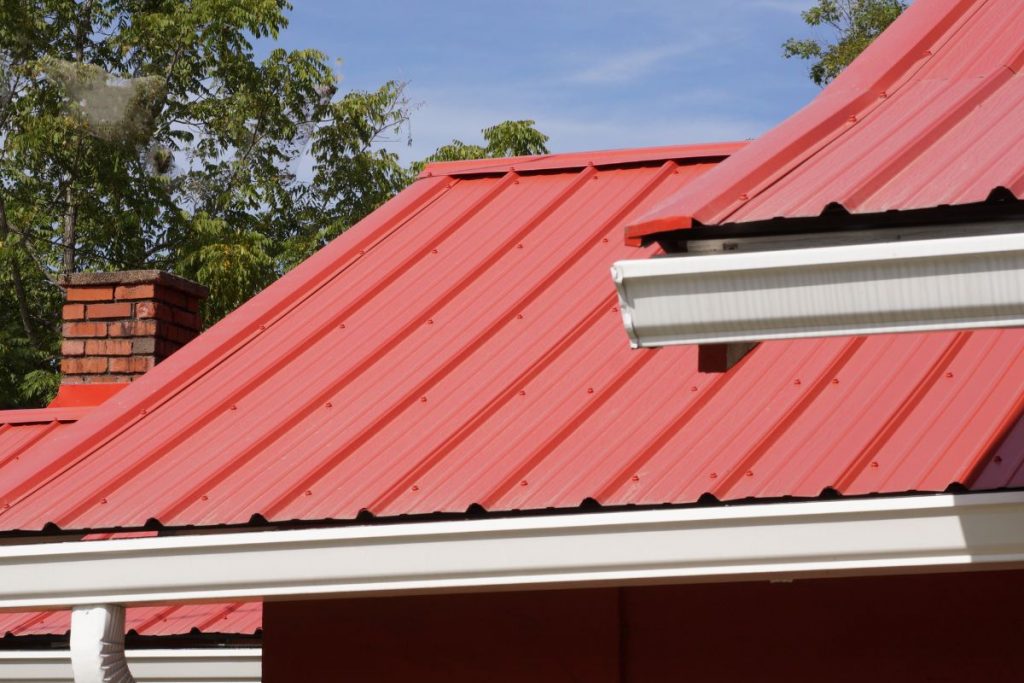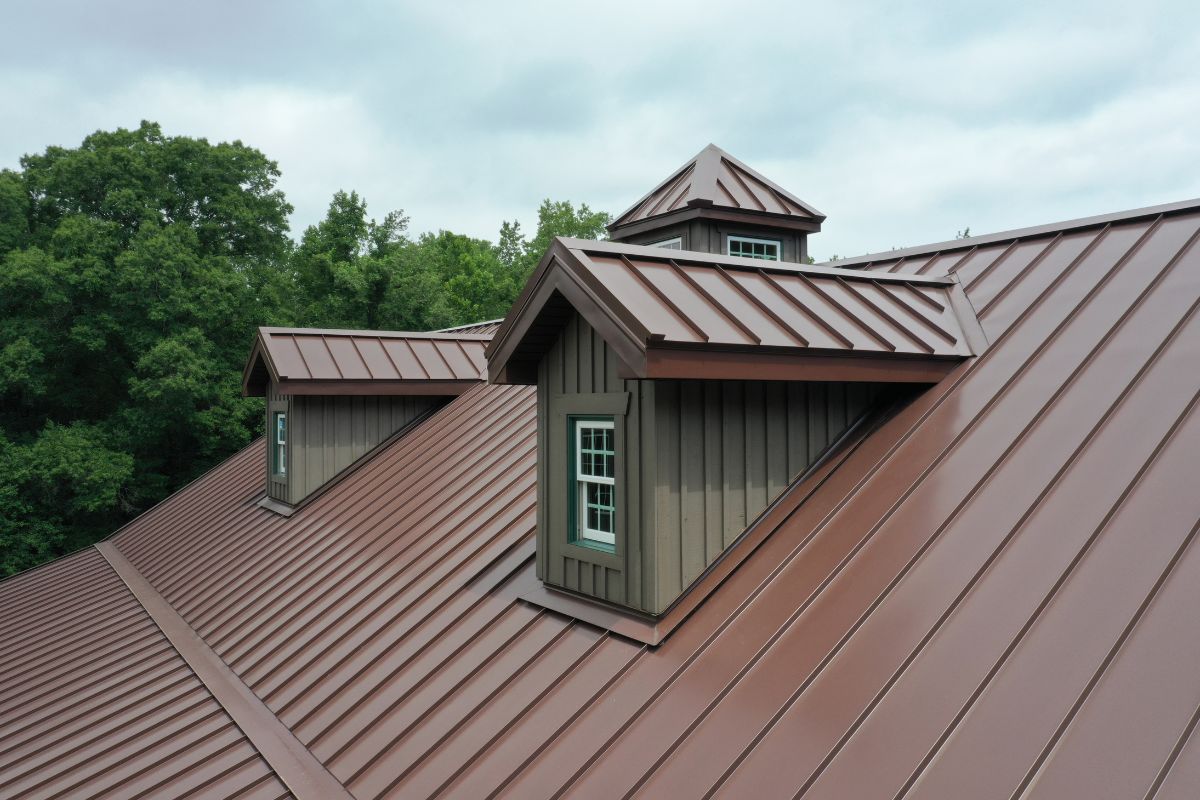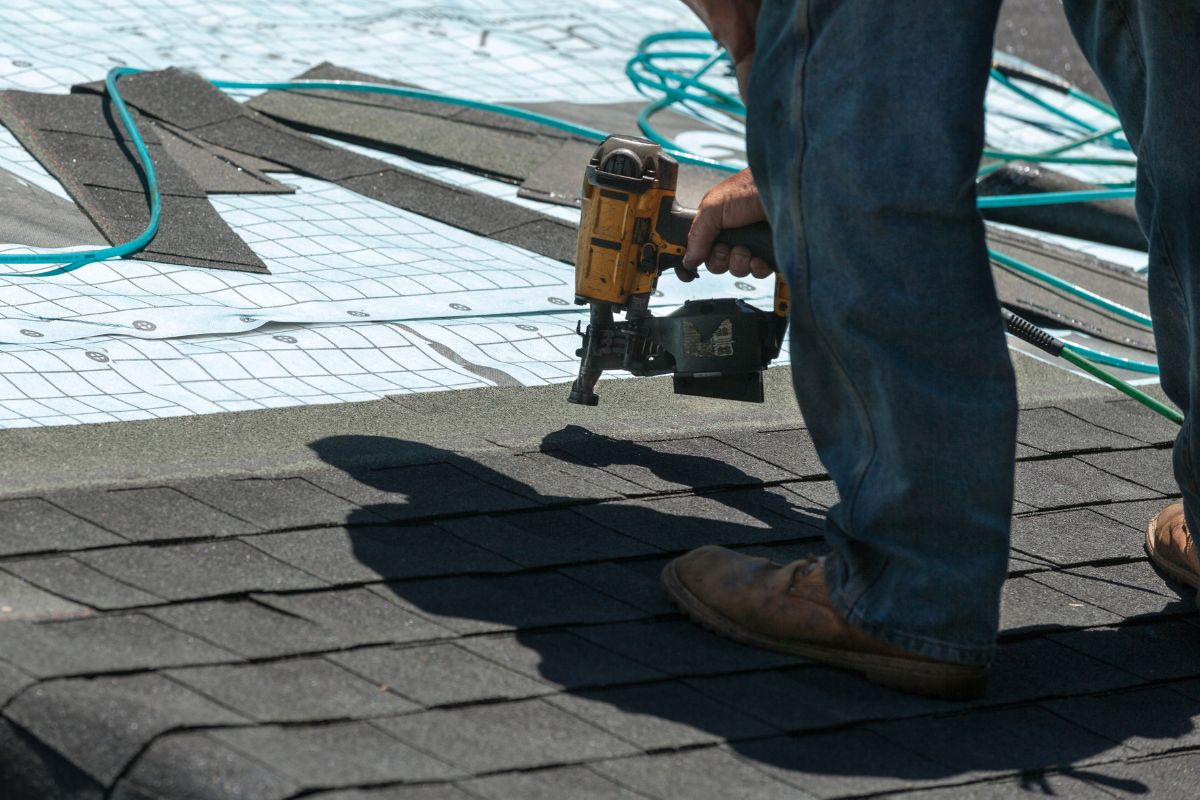What is Light Roofing and Is it Better for Your Home?

The majority of homeowners don’t think about a home’s roof weight during the planning and decision-making process. The truth is, you should carefully choose the roofing material because the actual weight might be surprisingly high that it can affect the structure.
If you’re a homeowner seeking a reasonably priced and effective roofing solution or are just interested in the options, you should consider light roofing.
Wondering what the implications are? Here, you can learn about various light roofing materials and their benefits. Keep reading to know more.

What are Light Roofing Systems?
Lightweight roofing materials are a practical option that weighs less than 20 kilograms per square meter or 4.1 pounds per square foot when fastened to the roof. Heavy materials tend to go over this weight limit.
Now, if you are open to getting light roofs, you should know about the most lightweight options, including:
Metal
Because they are composed of recycled materials and can be recycled after their service life, metal roofs are an environmentally beneficial option.
Stone-Coated Metal
These lightweight roof tiles provide the greatest qualities of metal cladding without the cons thanks to the actual stone particles bonded using resin to the metal tile.
Asphalt Shingles
These lightweight roofing options are well-liked for many homes because they are inexpensive and simple to install. You will also be glad to know that they are available in a variety of hues and patterns, offering a striking choice to think about.
Wood Shingles
One good thing about wood shingles is that they are one of the earliest types of roofing materials and are still used today. Also referred to as shingles or shakes, if sourced ethically, they are reasonably affordable, lightweight, and environmentally beneficial.
However, you should consider that they frequently need maintenance, especially in humid climates where they tend to wear out quite rapidly.
The Benefits of Lightweight Roofs
- Reduced Leak Risk
Lightweight roofs are less prone to leaking, and if they do, the damage is typically less severe. The roofing material is less fragile, which facilitates repairs and may result in lower maintenance costs throughout a roof’s lifetime.
- Ease of Installation
How, you ask, is installation made simpler by the lighter weight of lightweight roofs? The answer is that it makes it quicker and less dangerous for workers to haul and carry up to rooftops.
- Enhanced Wind Resistance
One thing about this is that certain metal roofs can endure gusts of up to 160 mph when weighed against heavier roofing materials.
- Energy Efficiency
Having said this, materials that are lightweight use fewer resources to cool and heat up. The interior can be kept cooler thanks to the reflecting properties of metal and the lighter weight of asphalt shingles, potentially saving money on cooling costs during the hot months.
- Reduced Structural Load
Moreover, light building techniques put less strain on the roof’s supporting structure, which may result in a need for a smaller foundation and additional financial and environmental benefits.
The Drawbacks of Lightweight Roofing Systems
- Denting Concerns
You might be concerned about denting in metal roofs due to misconceptions about older designs. Well, let me tell you that modern metal roof tiles are produced using creative concepts and patterns that reduce the likelihood of denting.

- Higher Cost
The truth is that lighter metal roof tiles may not be the most affordable alternative when compared to standard materials that are more affordable per tile. However, it is not advisable to skimp on roofing because a roof’s main function is to provide long-lasting resilience and protection for those underneath.
Final Say
Now that you know the benefits and drawbacks, you might be wondering if a lightweight metal roof is worth considering. If you want to know the final verdict, choosing a lightweight metal roof can lead to savings in installation and transportation costs, and they tend to last longer, making them a cost-effective choice compared to traditional roofing materials in the long run.
